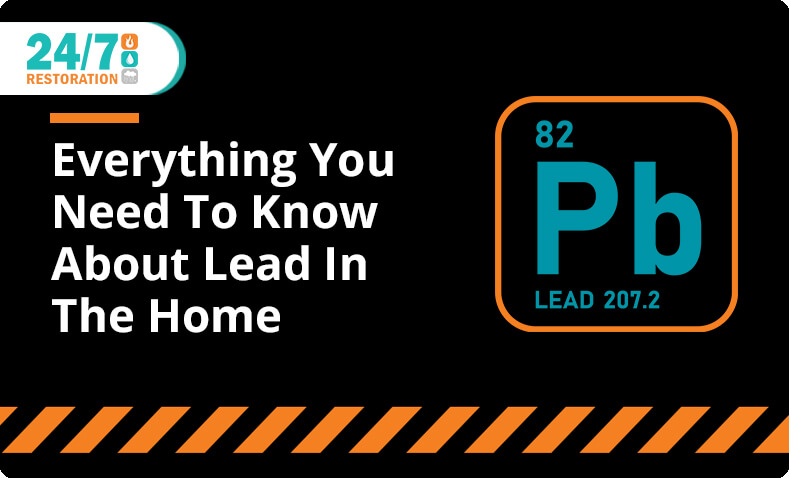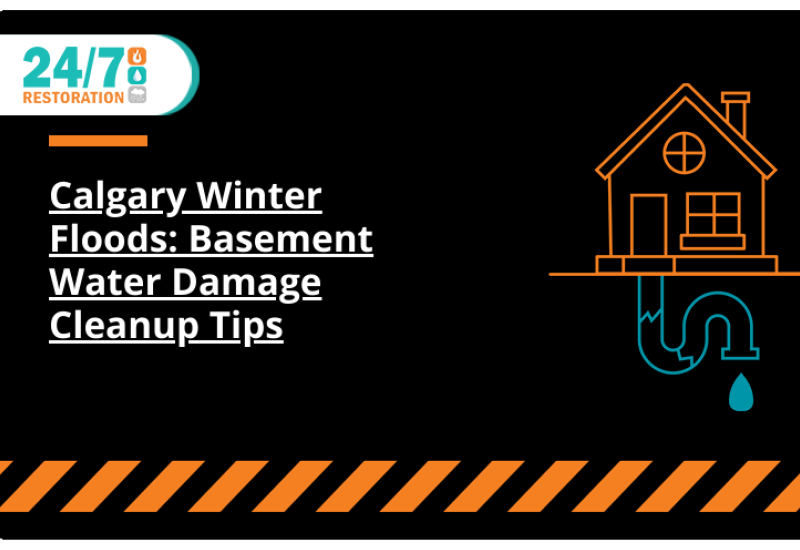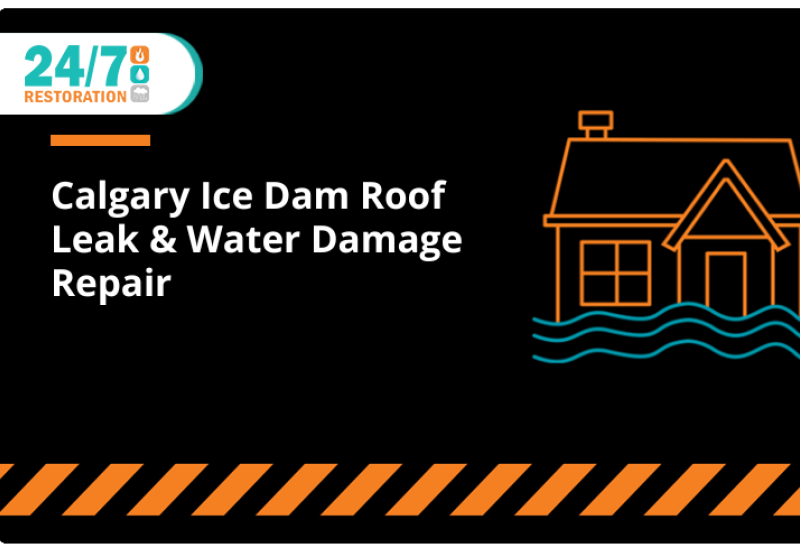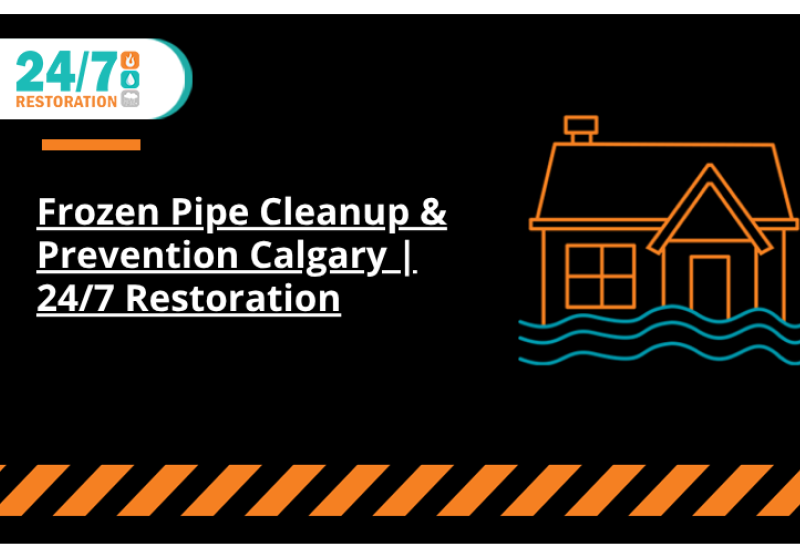Where Lead Is Commonly Found In The Home And What To Do About It
Lead Paint. If your paint is old and dry, you might be able to tell if it’s lead based by the way it’s peeling off, specifically if it has a wrinkly, alligator skin look to it. You can test the paint in your house either by sending it to a lead lab or by using a home lead test, although the lab is more accurate. A lead test for your paint can be very important, as paint dust that contains lead could be inhaled into the lungs and cause lead poisoning illnesses
Lead Pipes. Lead pipes in the home can contaminate your water. Lead pipes look dark and grey and are a soft metal; you could make a mark on the pipe using your fingernail. Some water supply lines still contain lead, but this is usually combated with water treatment administered by cities to keep the water uncontaminated. Water that has lead particles above what Health Canada approves is not safe for consumption. If you suspect that you have lead pipes, have a home inspection done.
What To Do About Lead Contamination. Some people learn about their lead exposure when elevated levels of lead are identified during routine blood work, but other people may have no idea. If you learn there is lead in your home, you and your family should have a blood lead level test. If your home was built in the 1970s or earlier you should consider having a qualified company assess for the presence of lead. If lead is confirmed to be present, a restoration company should be hired for safe abatement and removal. Attempting to remove lead paint or other materials without the proper techniques and equipment could disrupt the lead and lead to exposure. Everything that is contaminated with lead needs to be properly disposed of. If your water tests positive for lead, a qualified restoration company will be able to remove and remediate your plumbing system.. If the lead is coming from the municipal supply, contact a representative of your municipality immediately.
The Experts at 24/7 Restoration In Calgary Can Properly Remove Lead From Your Home
If you live in a house built before 1976 or suspect that there may be lead contamination within your home, contact 24/7 Restoration, Calgary’s choice restoration service, at 1-403-247-4365 or fill out the contact form. 24/7 Restoration are experts at lead abatement and are qualified to have your home tested for lead, and remove and restore any area of your home that has been contaminated with lead. Lead in the home is a very serious problem and it needs to be handled by experienced restoration professionals so that we can ensure proper containment, removal, and disposal.
FAQ
Q: Who is most at risk for lead poisoning?
A: Children. Because they are still growing, children absorb more lead and their brains and nervous systems are more sensitive to the damages caused by it. Children are more likely to put their fingers and other items in their mouths, further raising the risk of ingesting lead contaminated materials such as paint or soil. Toys made from other countries with more relaxed laws about lead may have higher levels of lead and put your child at further risk.
Q: Are adults at risk of lead poisoning?
A: Yes, although it will depend on the levels they are exposed to. Someone who works with lead frequently or lives in a city where the pipes are not properly coated will be at a much higher risk of lead poisoning than someone who has lead paint only on their window frames. Any products or materials containing lead should still be removed for safety, regardless of the quantity or frequency of exposure.
Q: What are the environmental impacts of lead?
A: Lead can remain in an environment indefinitely. Any soil that has lead in it can still be contaminated years after the lead object is removed and lead dust can make its way into the air, soil, and water. Even plants growing in lead contaminated soil can absorb trace amounts. Lead needs to be properly disposed of by a professional abatement team with a restoration company.




